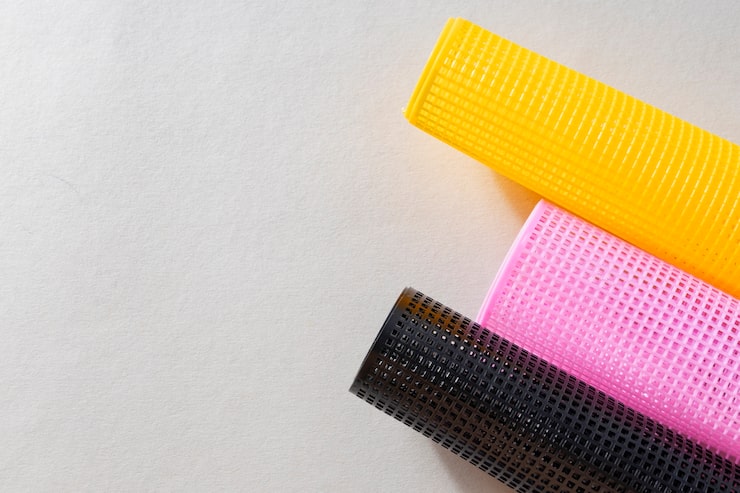Medical PEBAX heat shrink tubing is widely recognized for its unique balance of performance, safety, and versatility in healthcare applications. Unlike conventional polymers, Pebax is a block copolymer that combines the strength of polyamide with the elasticity of polyether, resulting in a material that is both durable and flexible. These characteristics are especially important in medical devices such as catheters, minimally invasive surgical instruments, and specialized wiring insulation, where patient safety and reliable performance are critical.
One of the most important properties of medical Pebax tubing is its biocompatibility. Devices that come into contact with the human body must meet strict international standards to minimize the risk of irritation, toxicity, or adverse reactions. Pebax is trusted because it has been shown to meet the requirements of medical regulations, making it suitable for use in both short-term and long-term applications. Its smooth and clean surface also helps reduce friction, which is particularly valuable in catheters that need to pass through delicate vessels with minimal resistance.

Flexibility is another defining property. Medical devices often need to bend and move without losing their shape or function, and Pebax offers exactly that. Even in thin-walled designs, the tubing remains supple, allowing it to navigate complex pathways without kinking. At the same time, it provides controlled elasticity, which means it can return to its intended form after stress, ensuring reliability during use. This makes it an ideal material for procedures where precision and movement control are essential.
In addition to its mechanical advantages, Pebax tubing offers excellent chemical resistance. Medical devices are frequently exposed to body fluids, drugs, and sterilization chemicals, all of which can degrade less stable materials. Pebax withstands these exposures without losing its structural integrity, making it reliable for repeated use or extended procedures. It also endures common sterilization processes such as ethylene oxide treatment, gamma irradiation, and even autoclave cycles, maintaining both its protective qualities and mechanical strength.
Another property that sets Pebax apart is its ability to create very precise and uniform insulation layers when shrunk. The tubing collapses evenly onto components, resulting in smooth coverage without bubbles, folds, or irregularities. For medical applications, this dimensional accuracy is vital because catheters and other invasive tools often require strict control over their outer diameters. A thin yet durable protective layer means more space is available for internal channels, wires, or reinforcements, all without compromising patient comfort.
Durability also plays a major role in its popularity. Pebax tubing is resistant to abrasion and mechanical wear, protecting sensitive components inside catheters or medical cables. This strength is balanced by its lightweight nature, ensuring devices remain easy to handle and comfortable for patients. Furthermore, the material’s clarity or translucency allows engineers to design devices where internal components must remain visible for inspection or alignment.
From a manufacturing standpoint, Pebax is also highly adaptable. It can bond effectively with adhesives, primers, or other polymers, which is crucial when integrating it with complex multi-layer medical devices. Different grades of Pebax are available, with varying hardness levels, giving designers the flexibility to create shafts that are softer and more flexible in some sections and stiffer in others. This tunability is one of the reasons it has become such a dominant choice for catheter production worldwide.
Altogether, medical Pebax heat shrink tubing brings together a rare combination of biocompatibility, flexibility, chemical and sterilization resistance, precise dimensional control, and mechanical durability. These properties make it more than just a protective covering; they transform it into an enabling material for advanced healthcare solutions. Its ability to maintain safety and performance under demanding conditions is why so many manufacturers rely on it for critical medical devices where reliability can make all the difference.


